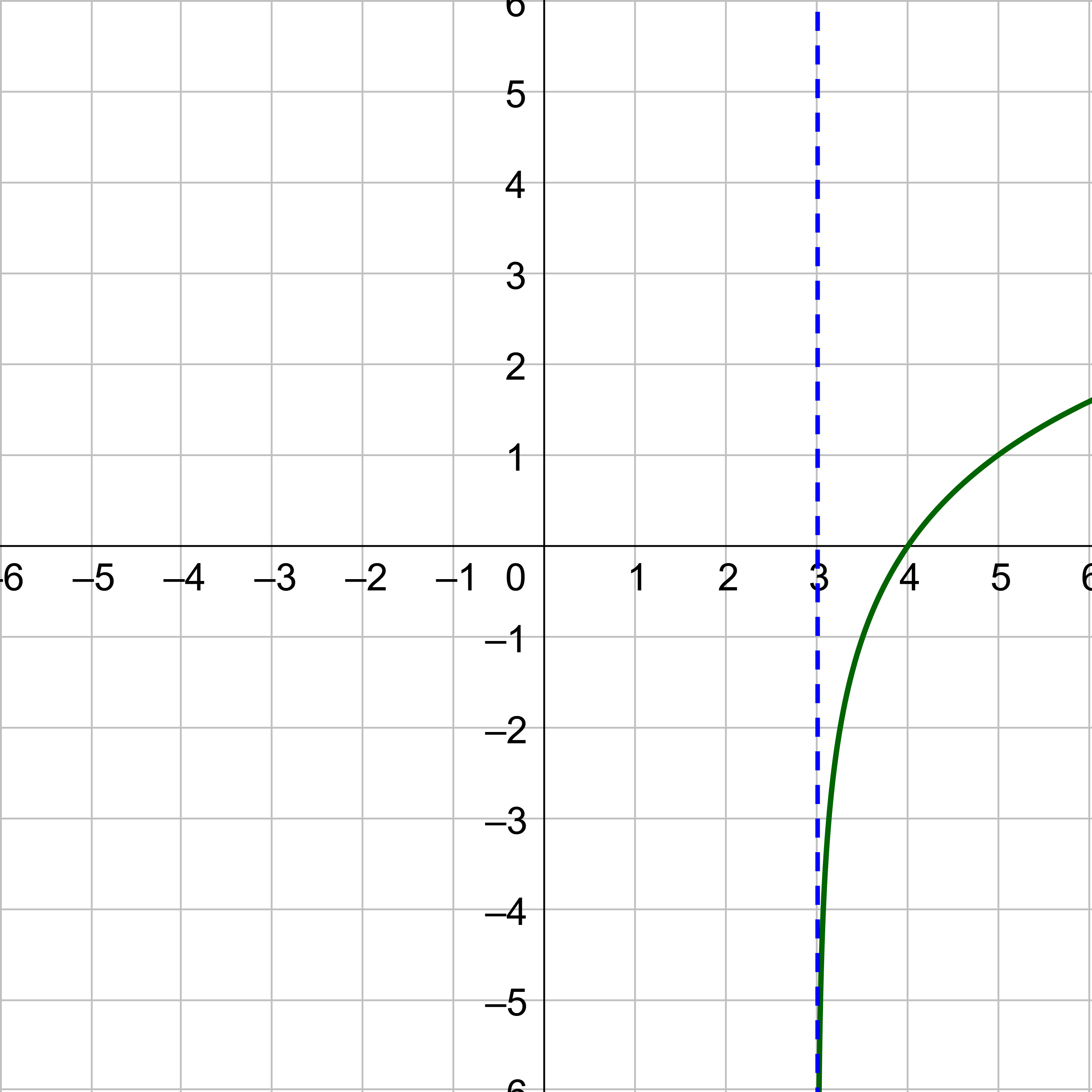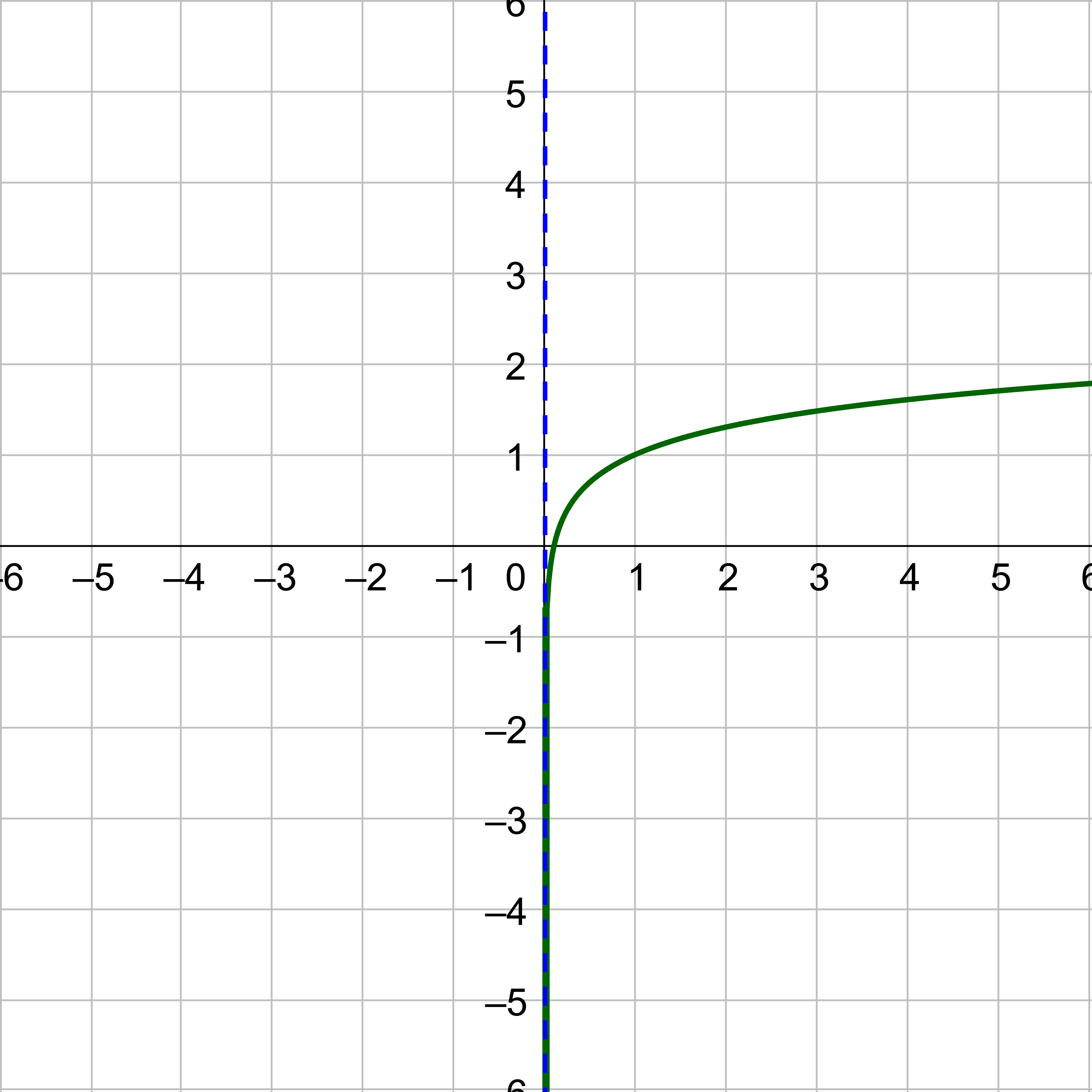Precalculus by Richard Wright
Precalculus by Richard Wright
Why do you look for the living among the dead? He is not here; he has risen! Luke 24:5-6 NIV
Summary: In this section, you will:
SDA NAD Content Standards (2018): PC.5.3

In chemistry, pH is used as a measure of the acidity or alkalinity of a substance. The pH scale runs from 0 to 14. Substances with a pH less than 7 are considered acidic, and substances with a pH greater than 7 are said to be alkaline. Our bodies, for instance, must maintain a pH close to 7.35 in order for enzymes to work properly. To get a feel for what is acidic and what is alkaline, consider the following pH levels of some common substances:
To determine whether a solution is acidic or alkaline, we find its pH, which is a measure of the number of active positive hydrogen ions in the solution. The pH is defined by the following formula, where H+ is the concentration of hydrogen ion in the solution in mol/L.
pH = −log([H+])
The equivalence of −log([H+]) and is one of the logarithm properties examined in this section.
Remember that logarithms equal exponents. When two exponential expressions with the same base are multiplied, then the exponents are added. So, when a logarithm is taken of two multiplied values, it can be rewritten as the sum of two separate logarithms. This is the product property.
logb (uv) = logb u + logb v
A similar property is the quotient property. When exponential expressions are divided, then the exponents are subtracted. So, when a logarithm is taken of two divided values, it can be rewritten as the difference of two separate logarithms.
When an exponential expression is given an additional exponent, the exponents are multiplied. The power property says that an exponent on a logarithm can be rewritten as multiplication.
logb un = n logb u
Rewrite the expression in terms of log 2 and log 5.
Solution
Rewrite the expression in terms of ln 3 and ln 4.
Answers
a. ln 3 − ln 4; b. 2 ln 4
Separating expressions into several separate logarithmic expressions or combining logarithmic expressions together can be useful for solving logarithmic equations. Expanding expressions means rewriting a single logarithmic expression into several expressions. Condensing means to do the opposite and rewrite several logarithmic expressions into a single logarithm.
Expand log2 (3x5)
Solution
First use the product property since the exponent is only on the x and not on the 3.
log2 (3x5) = log2 3 + log2 x5
Now use the power property on the second term.
log2 3 + log2 x5 = log2 3 + 5 log2 x
Expand
Answer
4(log3 2 − log3 x)
Since the exponent is on both the 2 and x, the power property is first then the quotient property.
Condense ln 2 + 4 ln y − ln x
Solution
Before the product or quotient properties can be used, the 4 needs to be moved from in front of its logarithm. Begin with the power property on the middle term.
ln 2 + 4 ln 3 − ln x = ln 2 + ln y4 − ln x
Now use the product and quotient properties. Any term that is subtracted will be in the denominator of the fraction.
ln 2 + ln y4 − ln x =
Condense log2 x − 3 log2 z
Answer
There is a reason why most calculators only have the common log and natural log buttons. The reason is that the base of the logarithm can be changed with a formula.
To derive the formula, call the logarithm we are trying to evaluate y.
logb x = y
Rewrite it as an exponential function.
x = by
Remember the Golden Rule of Algebra, what you do to one side of the equation, do to the other side. Take a logarithm of both sides. Any base is fine.
logc x = logc by
Use the power property on the right-hand side, then solve for y.
logc x = y logc b
Replace y with the logarithm that it equals from the first step which results in the change-of-base formula.
To evaluate any logarithm base b of x, use the following formula where c is any real number greater than zero. c is usually 10 or e.
Evaluate log3 15.
Solution
b = 3 and x = 15. Plug those values into the formula letting c equal 10 or e so we can use a calculator. For now, we will use 10.
Evaluate log2 20.
Answer
4.322
Since logarithms are inverses of exponential functions, the graph of a logarithm is a reflection of an exponential function reflected over the line y = x.

The graph of a logarithmic function, g(x) = logb (x − h) + k has several properties:
Logarithmic functions can be easily graphed by using the change-of-base formula to create a table of values. It is also important to graph the vertical asymptote.
To graph a logarithmic function g(x) = logb (x − h) + k
Graph f(x) = log2 (x + 1).
Solution
Compare f(x) with g(x) = logb (x − h) + k. This gives h = −1, so the vertical asymptote is x = −1.
Use the change-of-base formula to rewrite the function with a base on the calculator.
Create a table of values using x-values larger than h because that is the domain.
| x | 0 | 1 | 2 | 3 | 4 | 5 | 6 |
|---|---|---|---|---|---|---|---|
| f(x) | 0 | 1 | 1.585 | 2 | 2.322 | 2.585 | 2.807 |
When drawing the graph, graph the asymptote and make sure the curve approaches the asymptote.

Graph g(x) = log3 (x + 2) − 1.
Answer

To evaluate any logarithm base b of x, use the following formula where c is any real number greater than zero. c is usually 10 or e.
To graph a logarithmic function g(x) = logb (x − h) + k
Helpful videos about this lesson.



